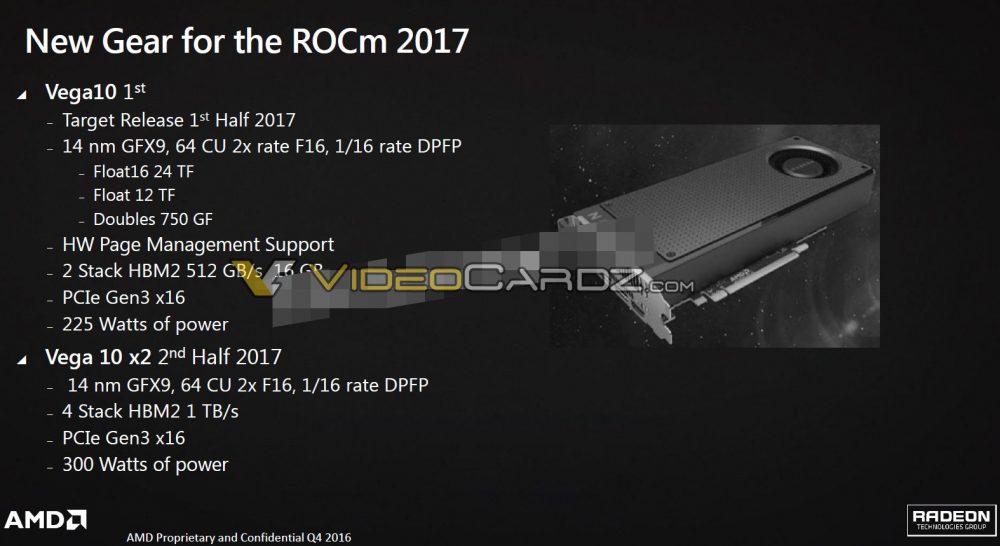D
Deleted member 13524
Guest
No way AMD doesn't release a $700 Vega. Even if it needs a CLC and a 300W TDP to barely keep up with the 1080 Ti, AMD will do it. Otherwise, they are leaving money on the table via unexploited market segmentation.
AMD has lost quite a bit of popularity in the PC market in the last couple of years, even more in the high-end area.
They'll need to undercut the 1080 Ti in price, and if that means a $600 full-fledged Vega then that's just the price for not competing in that market for almost 2 years.

